(CLO) According to researchers at the China Academy of Aero Engines in Beijing, the technology developed by Chinese scientists helps fighter jet engines achieve unprecedented thrust when activating "boost" mode.
According to ground tests, the new technology increases afterburner efficiency to 99%, equivalent to fuel efficiency in long-haul flight conditions. It also reduces engine vibration by 80% under maximum operating load, thereby minimizing the risk of aircraft damage.
When the afterburner is activated, fuel can be injected directly into the exhaust stream without passing through the combustion chamber, providing the aircraft with significant immediate additional thrust. However, this also reduces combustion efficiency by around 90% and creates vibrations that can affect engine stability.
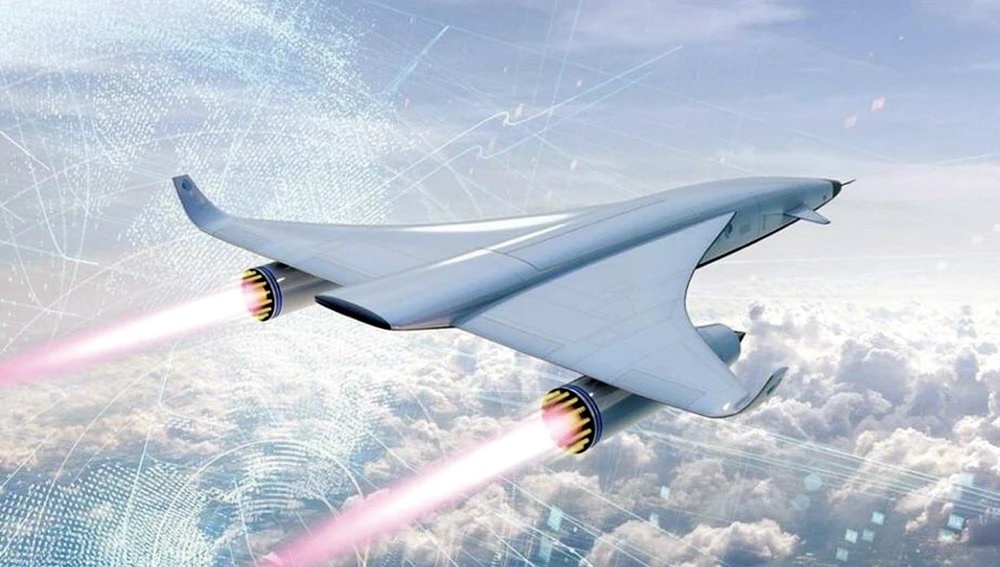
A Chinese development could improve the afterburner efficiency of fighter jets by up to 99%. Illustration photo: GI
The US military stipulates that the afterburner on its latest F-35 stealth fighter can only be used continuously for about a minute to avoid damage. Even the more powerful F-22, which has two engines, burns three times as much fuel when its afterburner is engaged, with the exhaust turning red and sometimes emitting black smoke due to incomplete combustion.
To address these challenges, the team led by engineer Wang Shiqi invented an innovative fuel nozzle. Pulsed fuel travels in a Z-shaped path inside the nozzle and is sprayed at different angles.
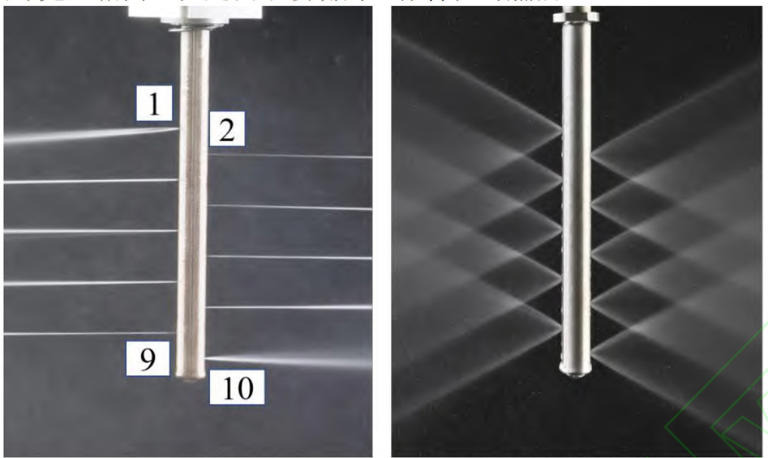
On the left is a traditional afterburner fuel nozzle, while on the right is a Z-shaped design created by Wang and his team. Photo: China Academy of Aero Engines
This design ensures that the fuel droplets form a fan shape, allowing for better mixing with the air. Wang and his colleagues have dubbed their invention a “self-excited sweep nozzle.”
The latest advances and technical details were published in the peer-reviewed journal Acta Aeronautica et Astronautica Sinica on November 6.
"It can generate a frequency-sweep jet flow with continuously changing spray direction at the outlet, relying only on the inlet oil pressure without any moving or electromagnetic components, and achieve good fuel atomization and wide spatial distribution range," Wang's team wrote in the paper.
The invention has been patented and recognized with a gold medal at the 2022 China Aero-Engine Group Young Scientists Innovation Competition.
"When we first started the project, we weren't sure if we could succeed. After so many years without a breakthrough, I wasn't sure either, but surprisingly, we still received encouragement and support," Wang told the People's Daily in April last year.
Ngoc Anh (according to SCMP)
Source: https://www.congluan.vn/trung-quoc-tang-hieu-suat-dong-co-phan-luc-may-bay-chien-dau-len-gan-100-post322990.html








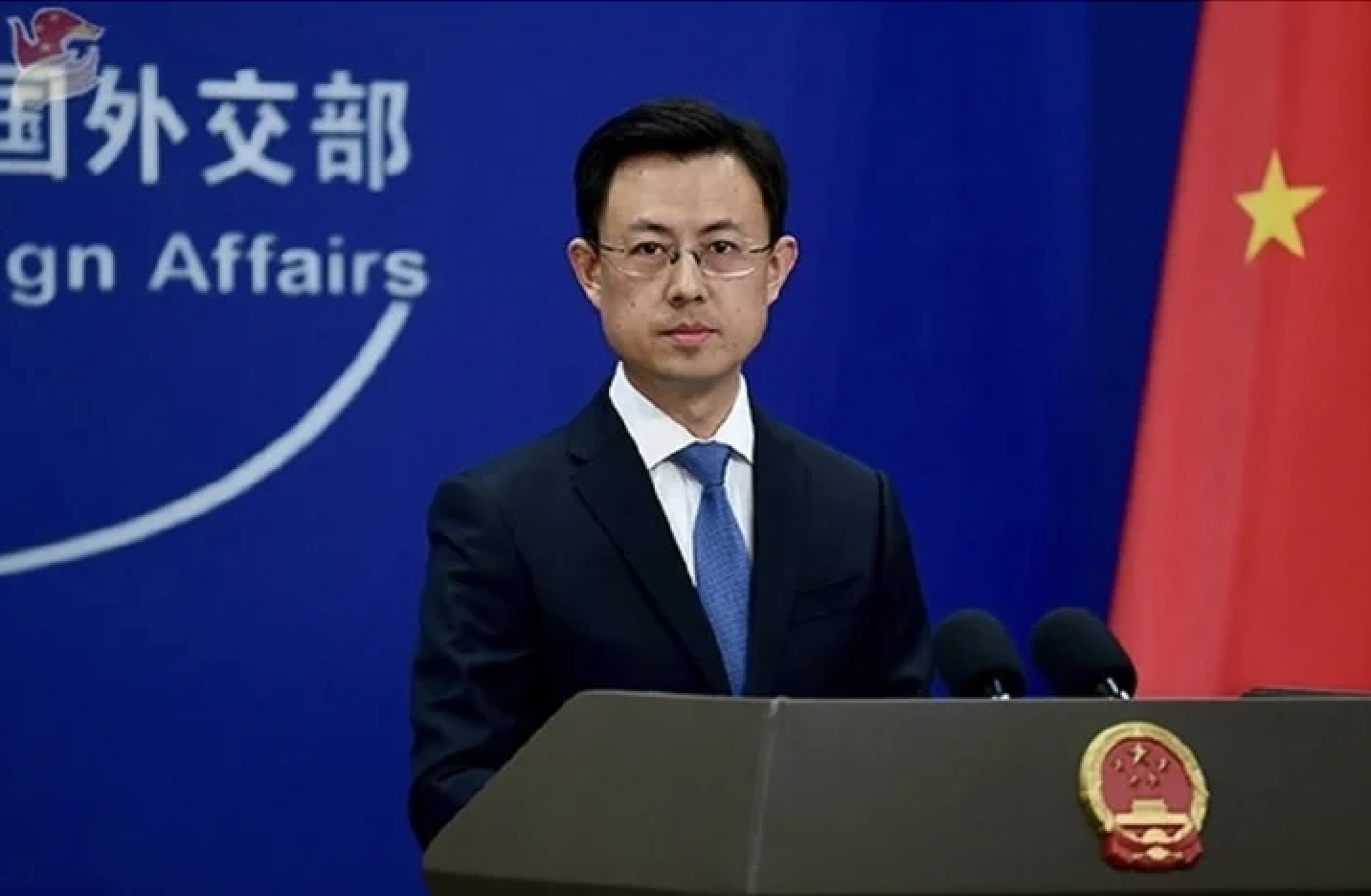



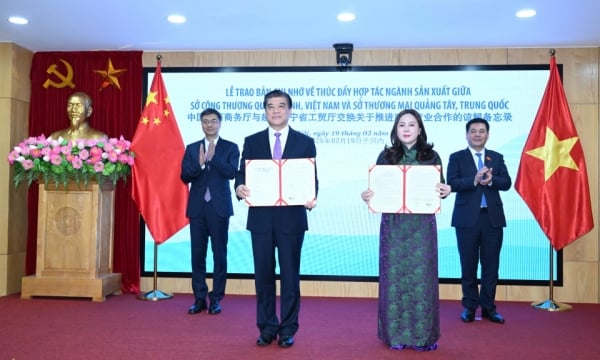









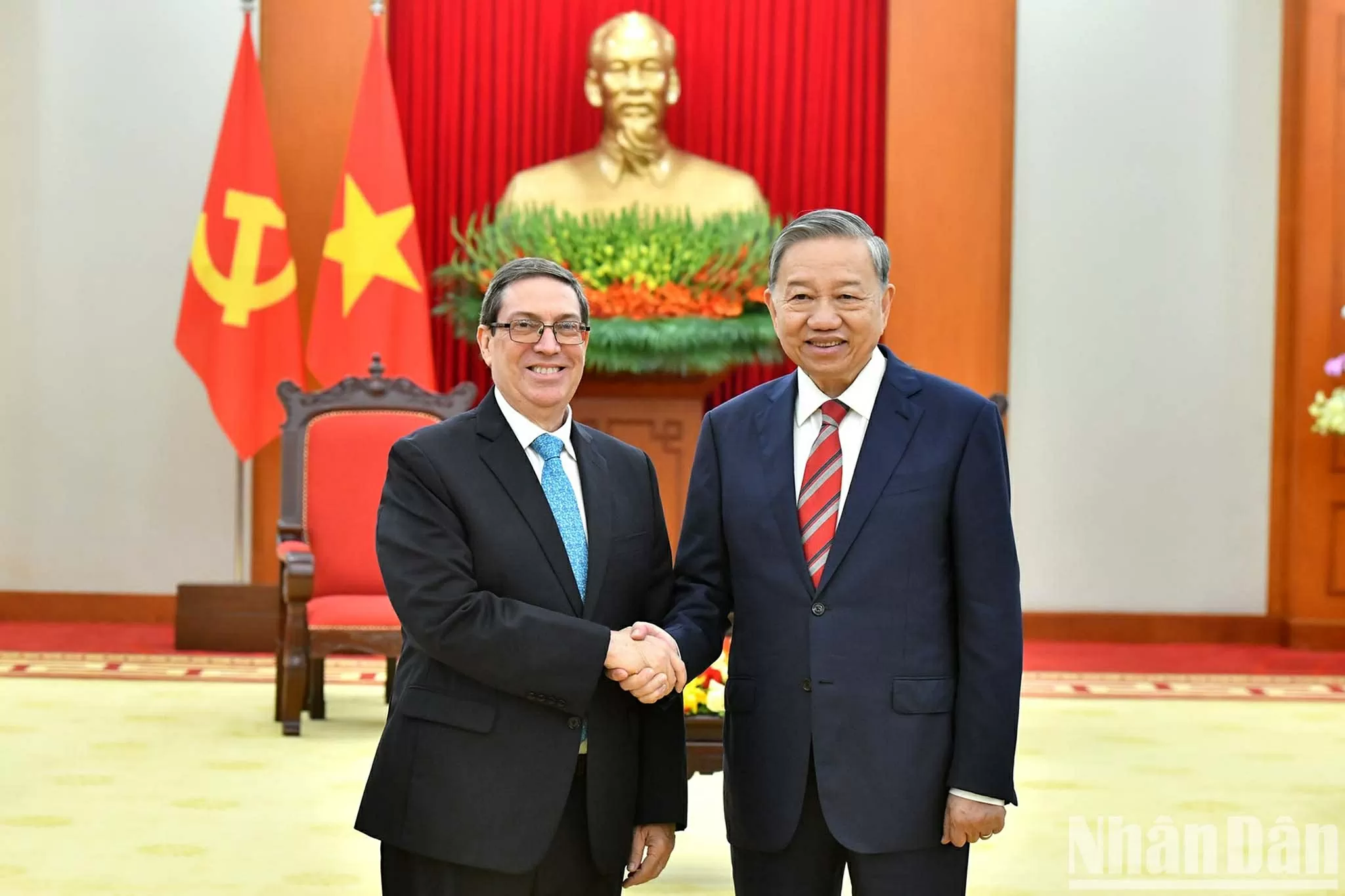




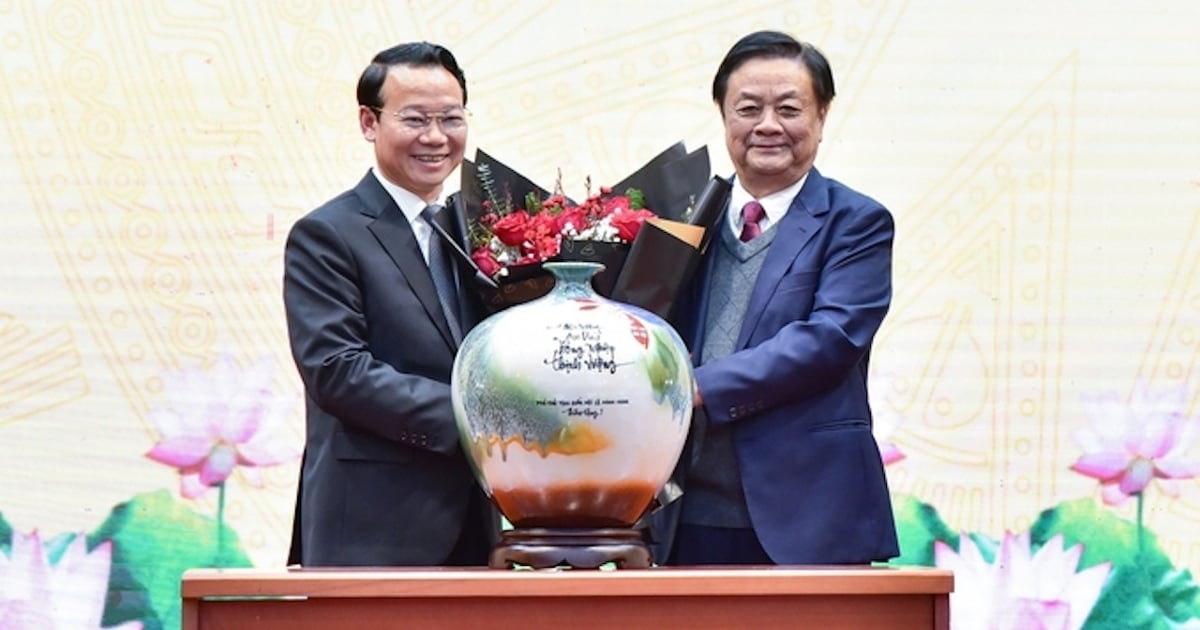





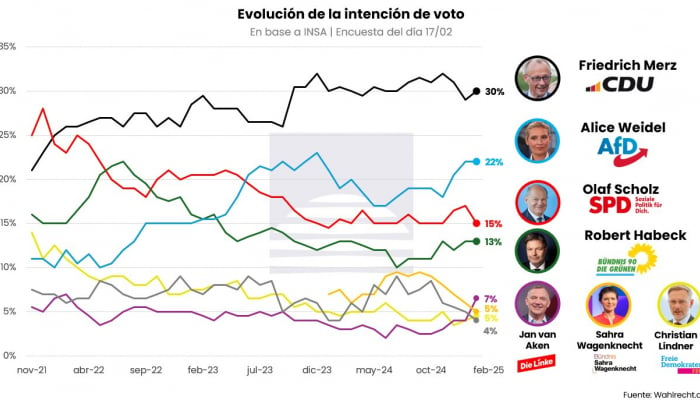








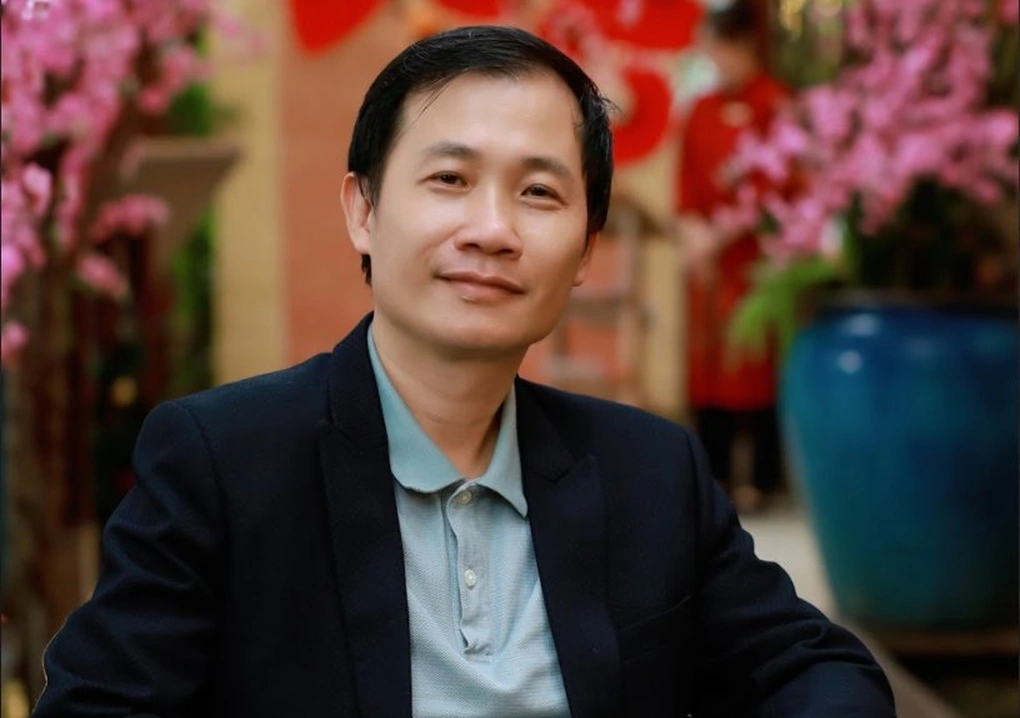

Comment (0)